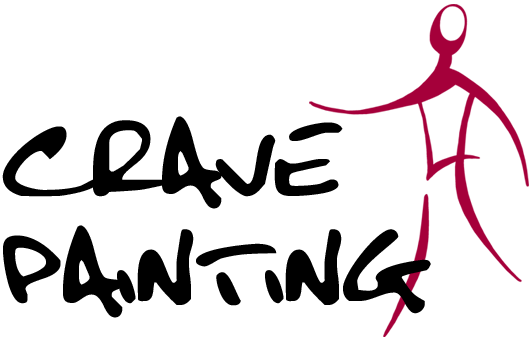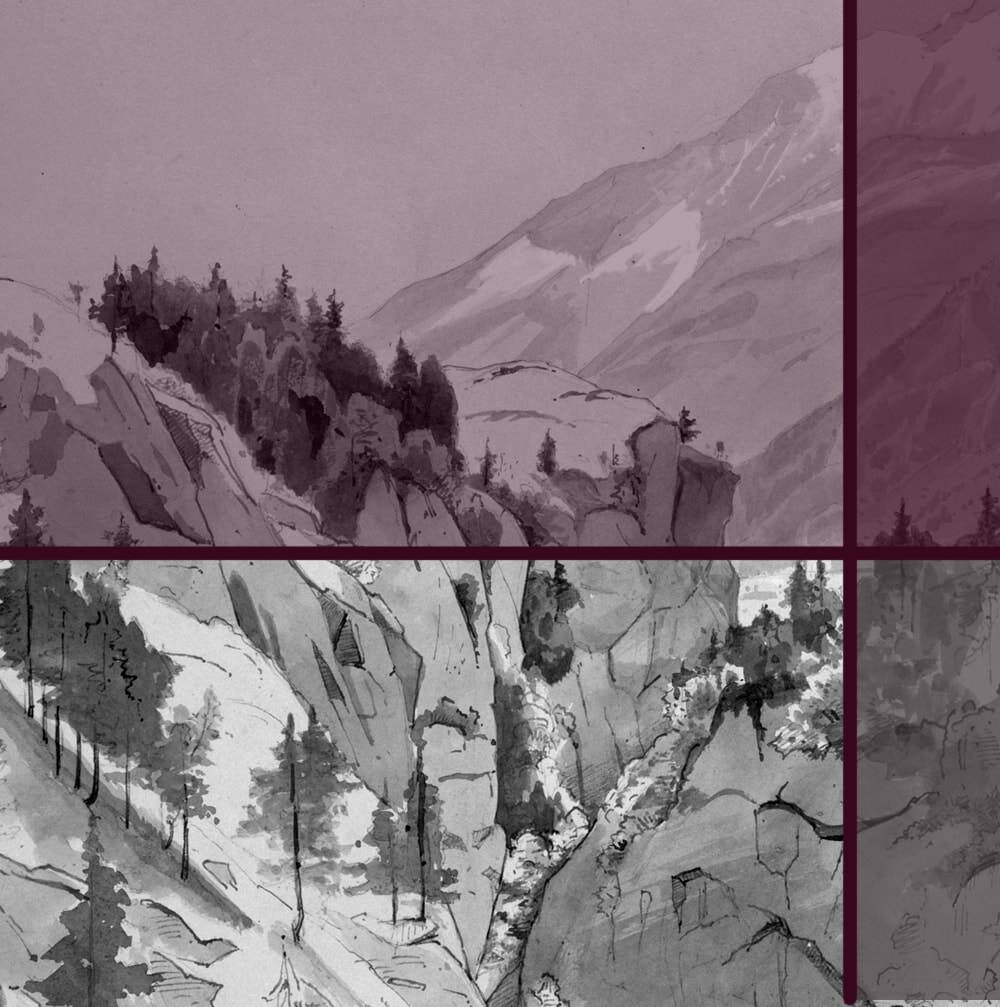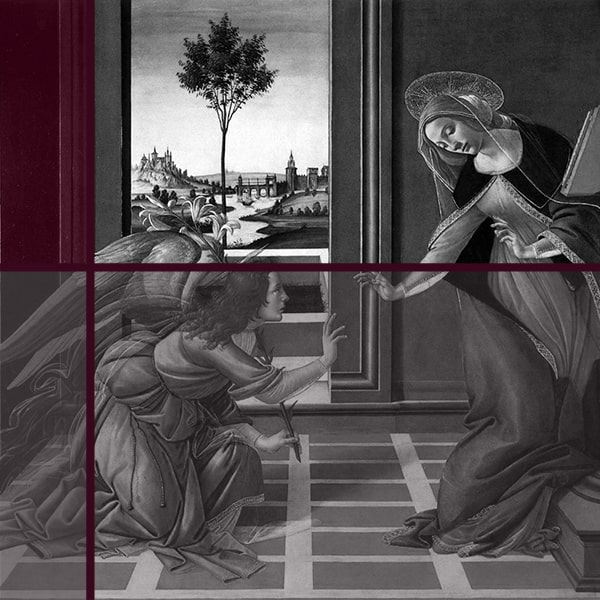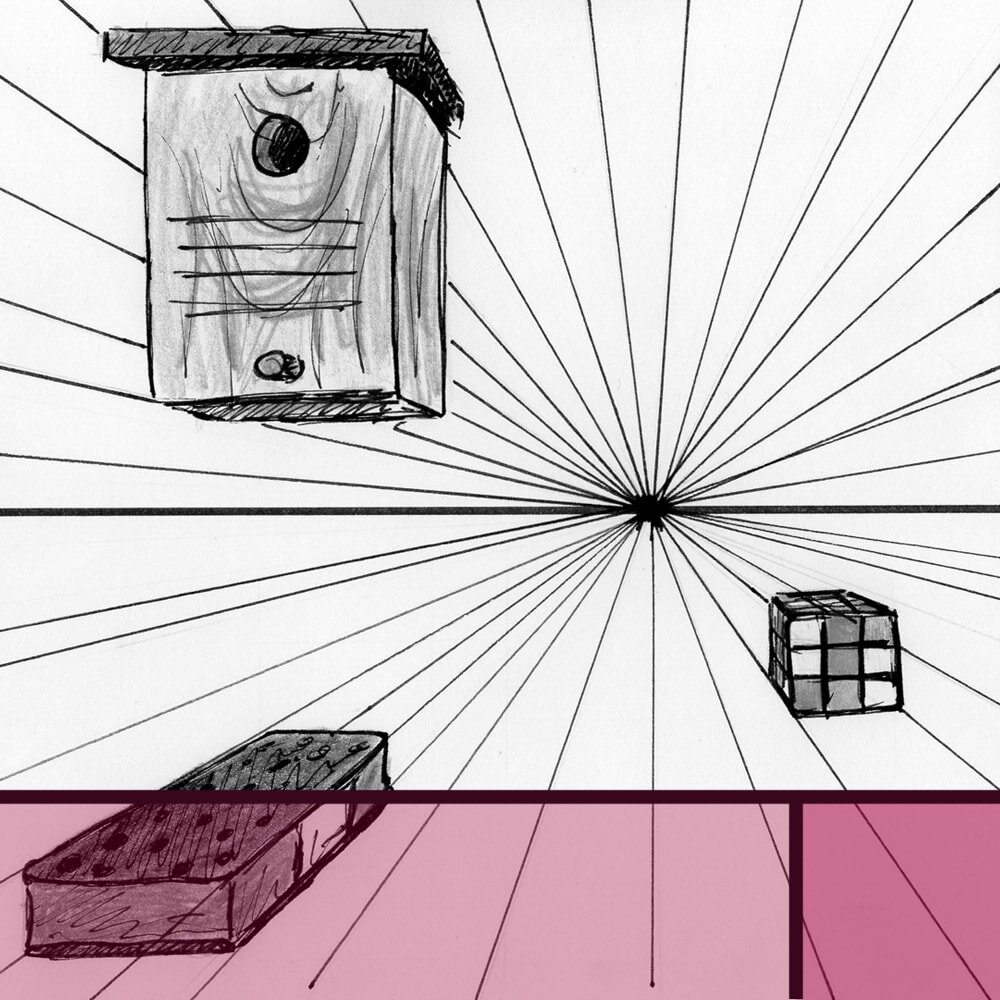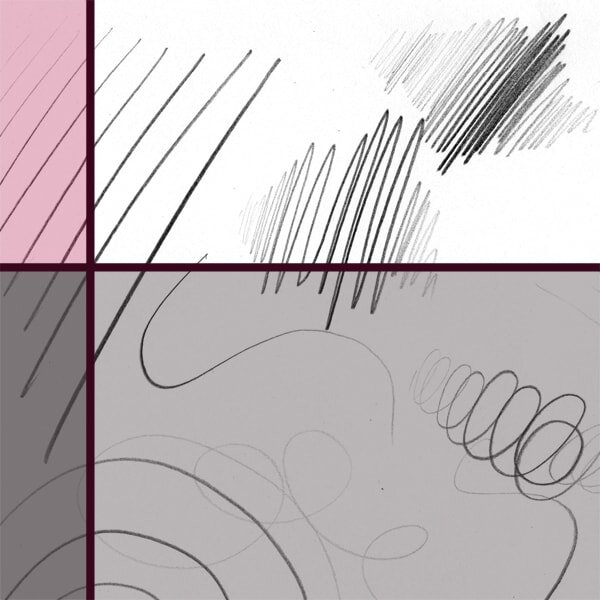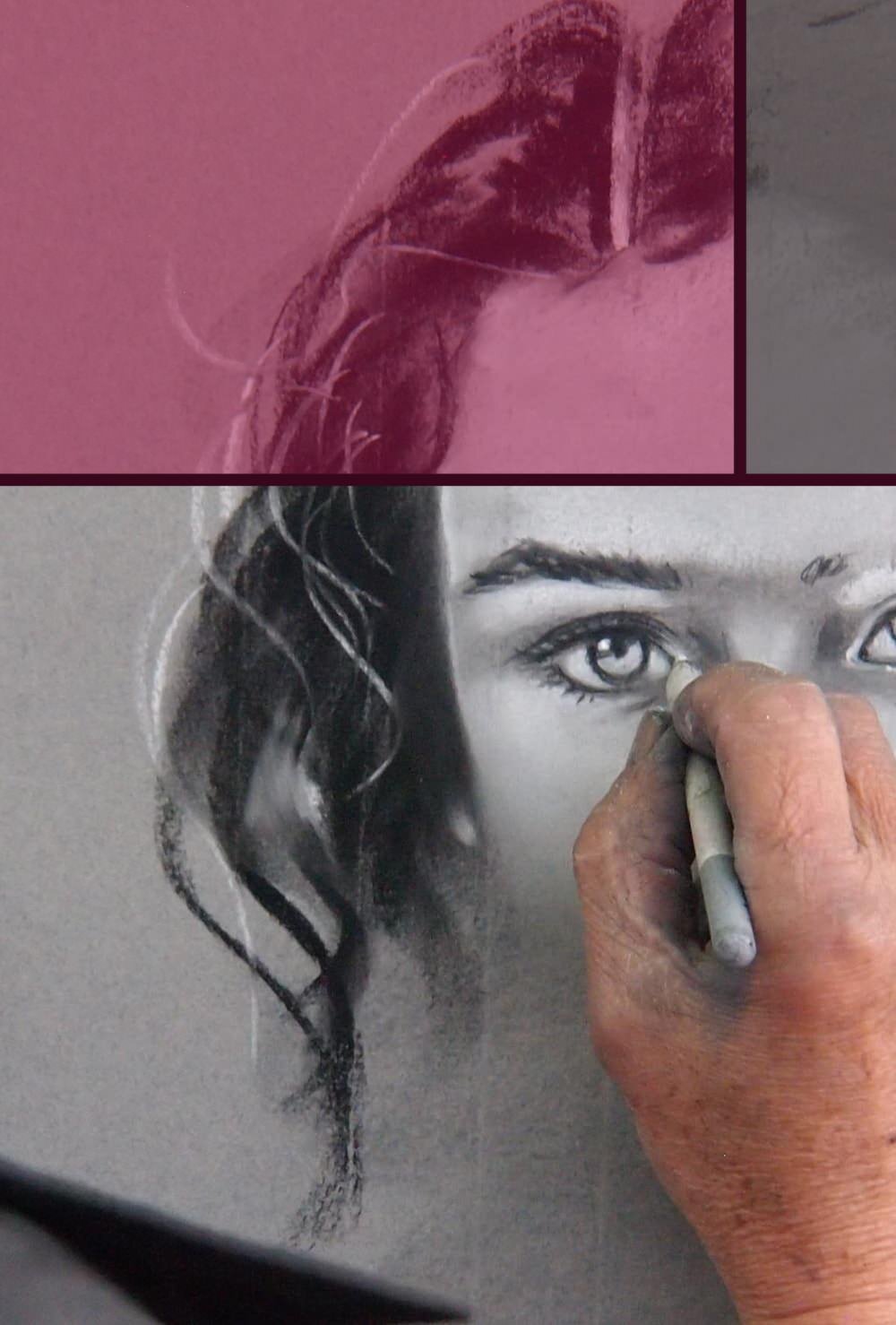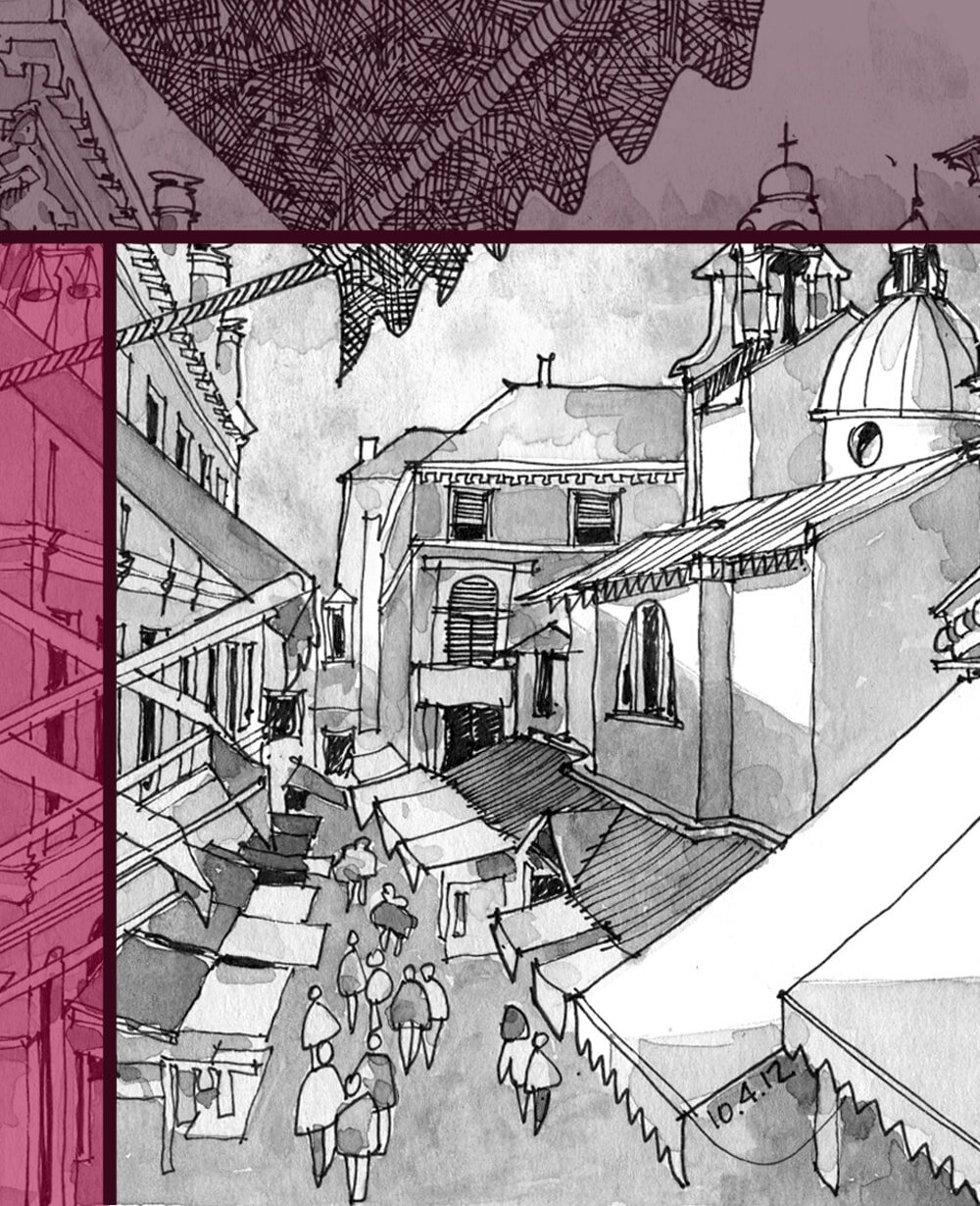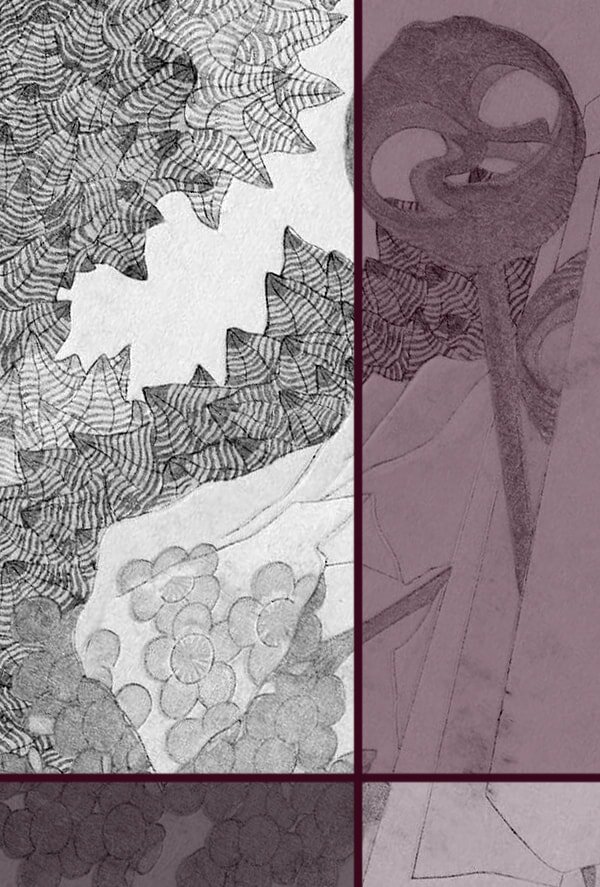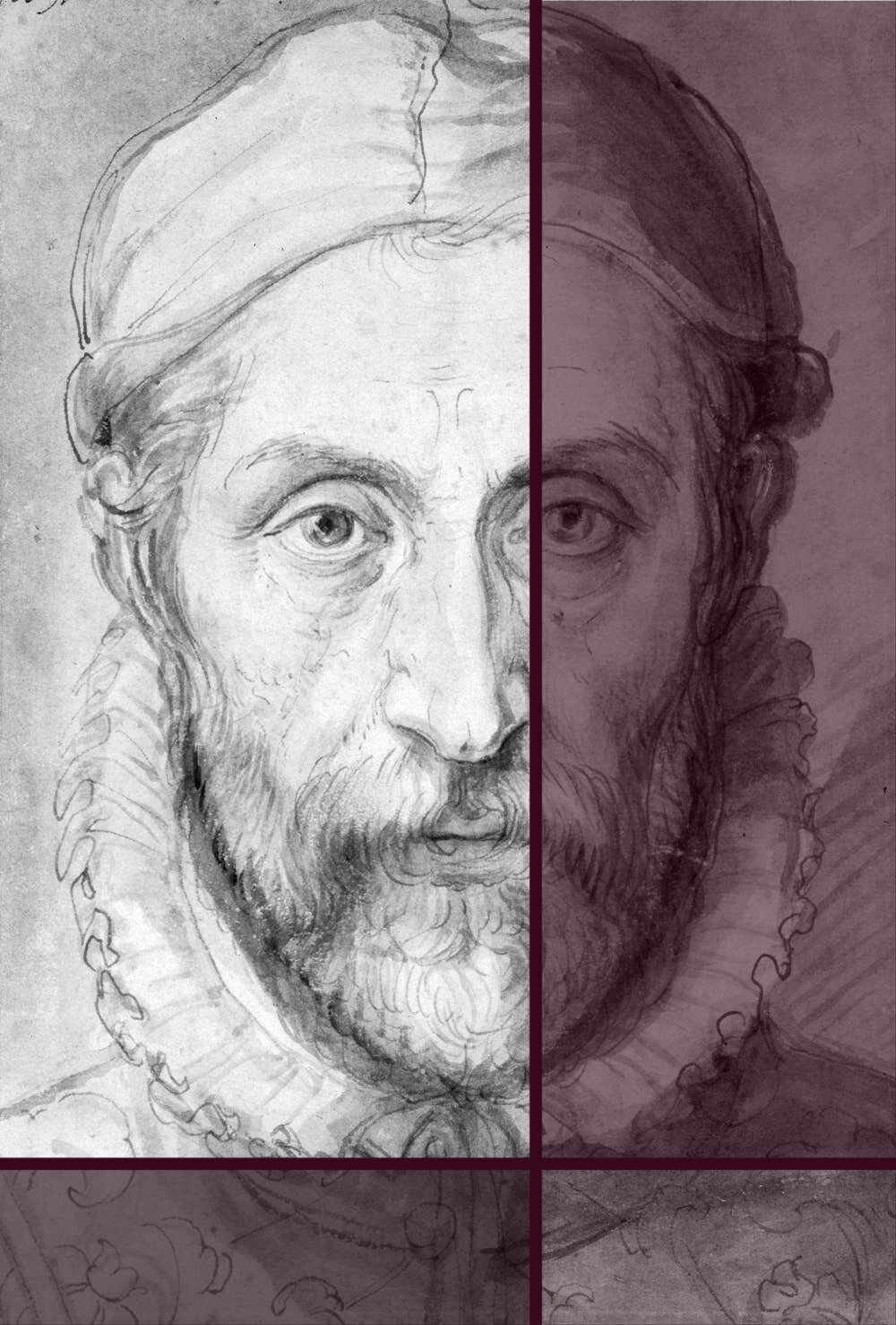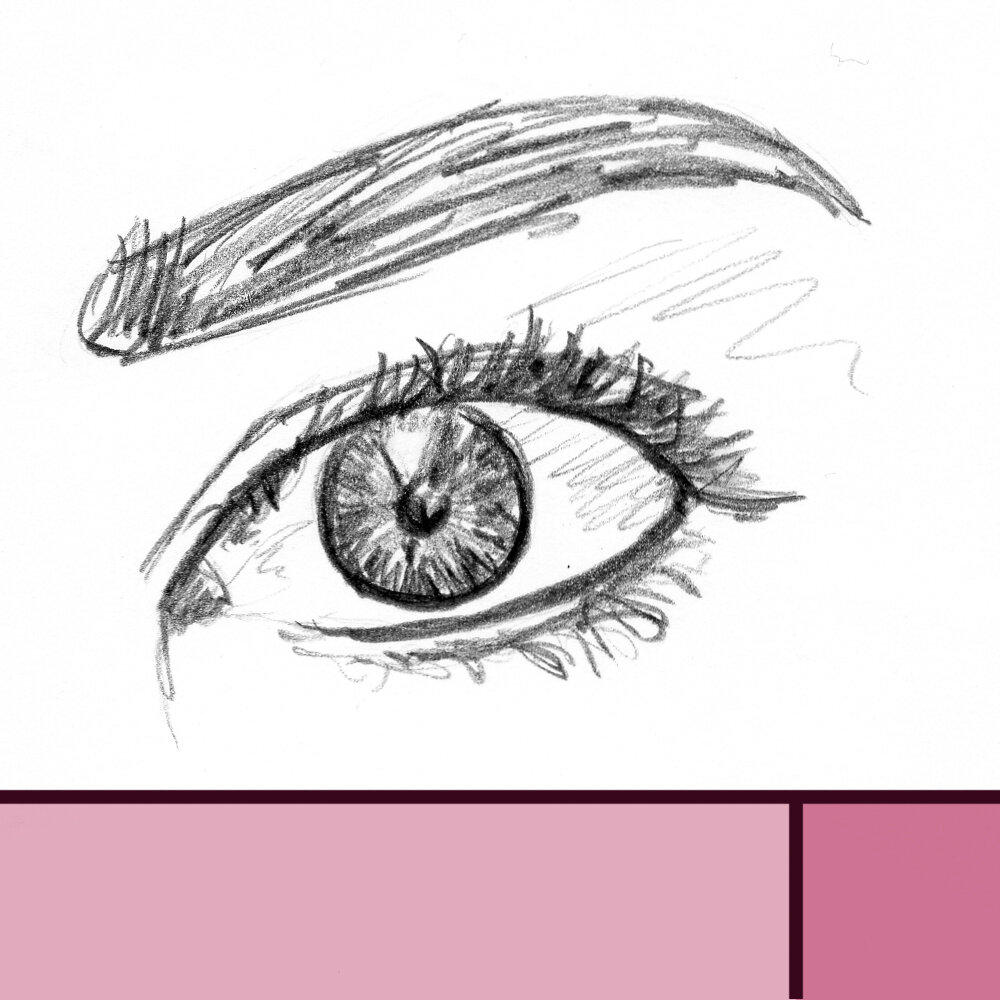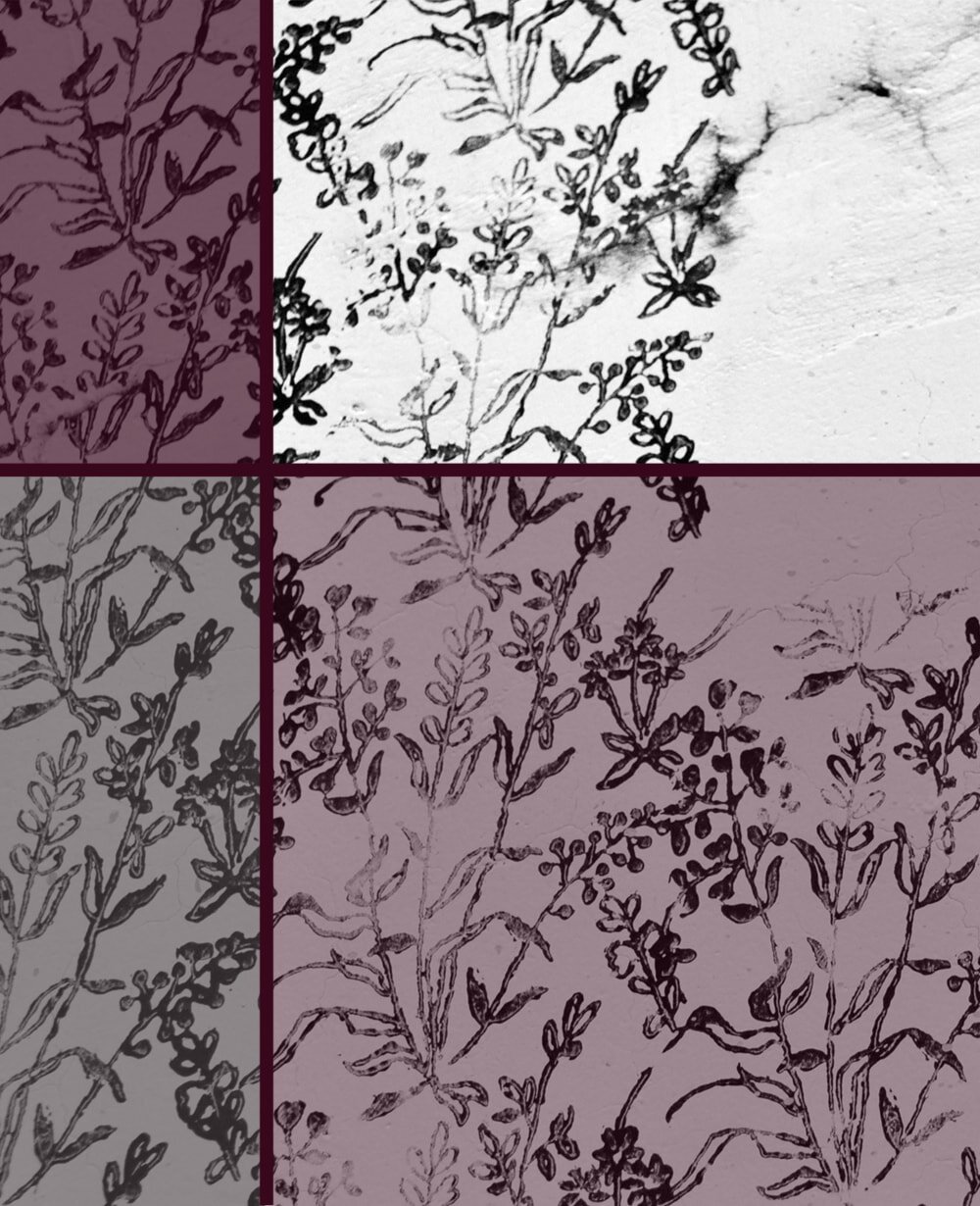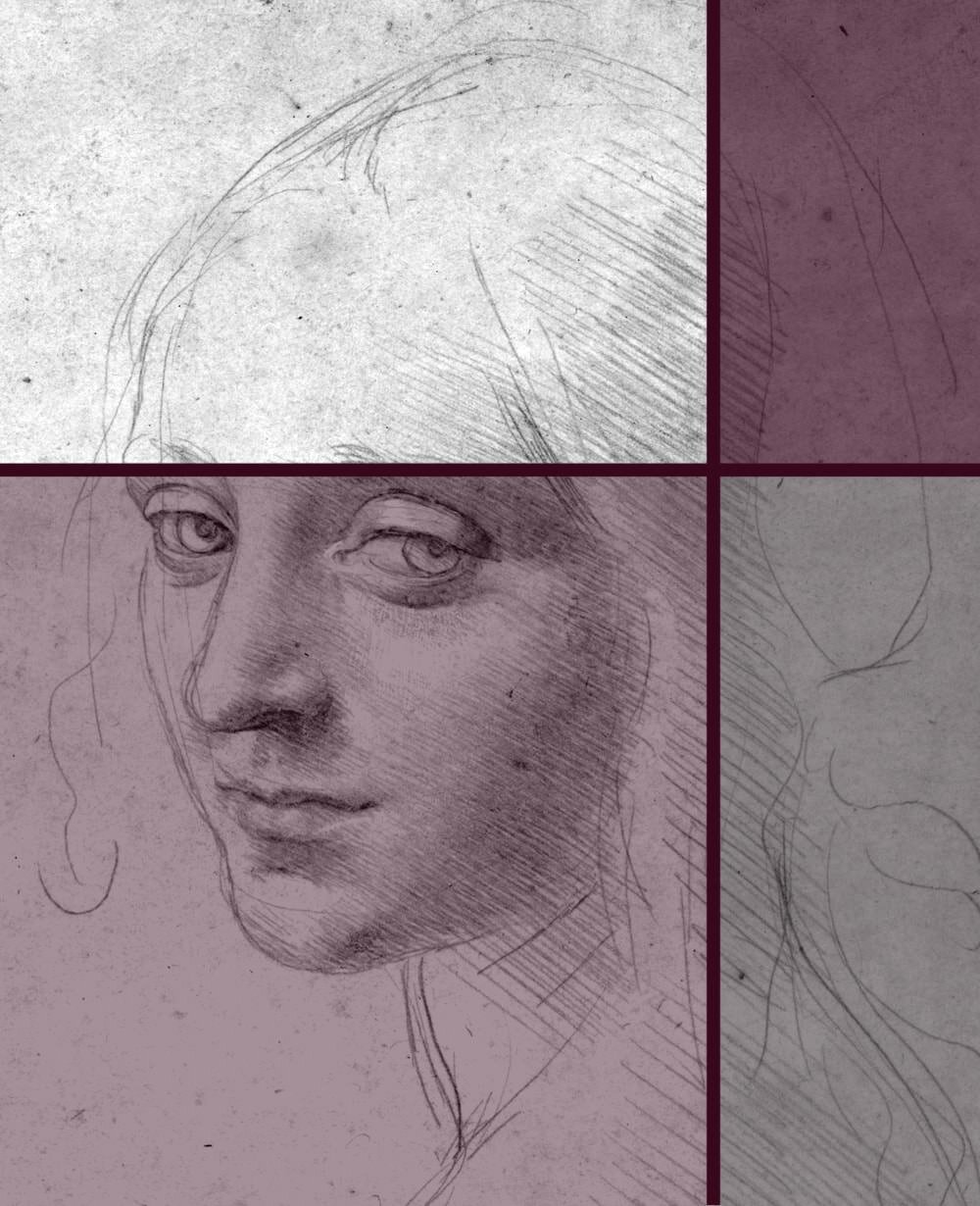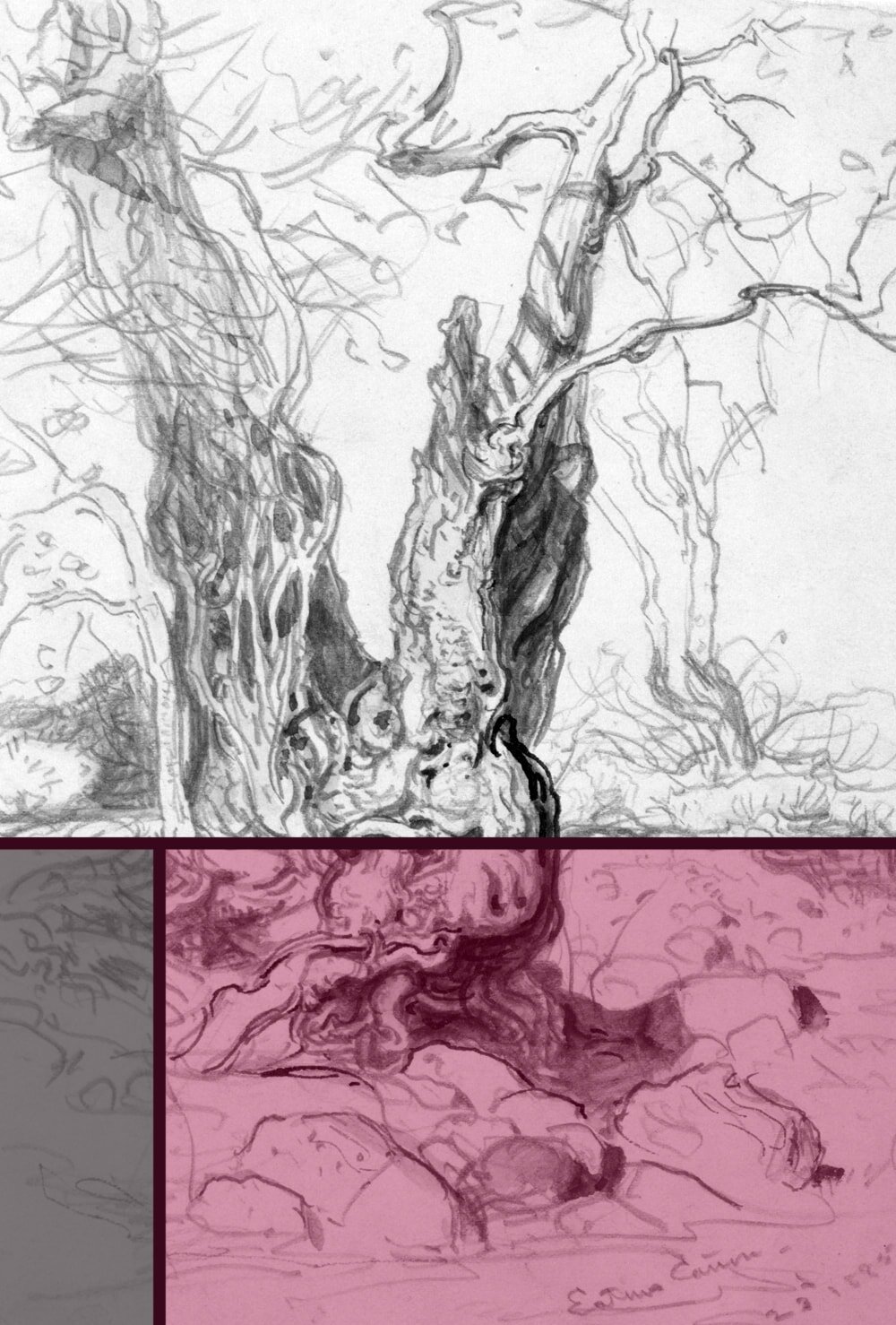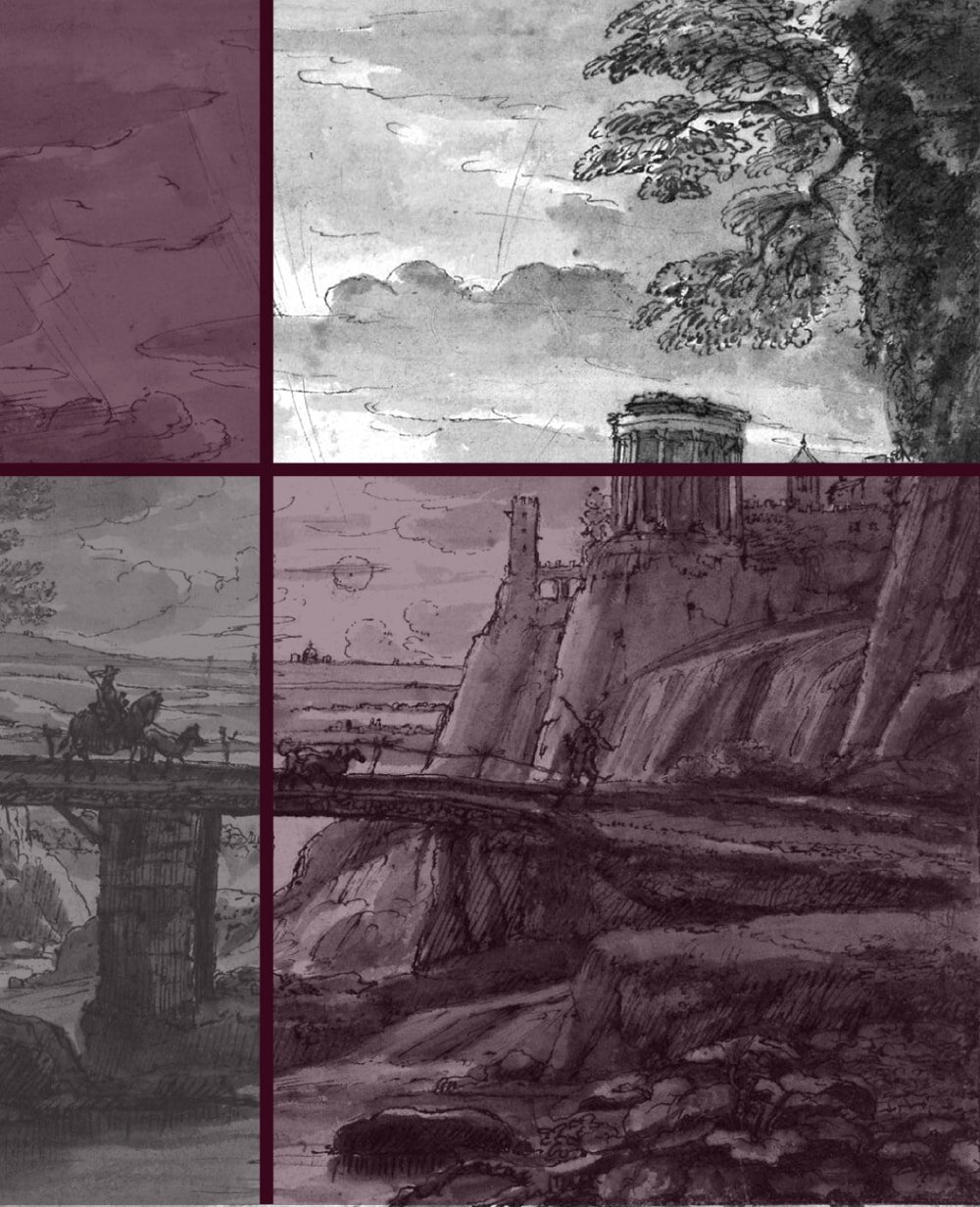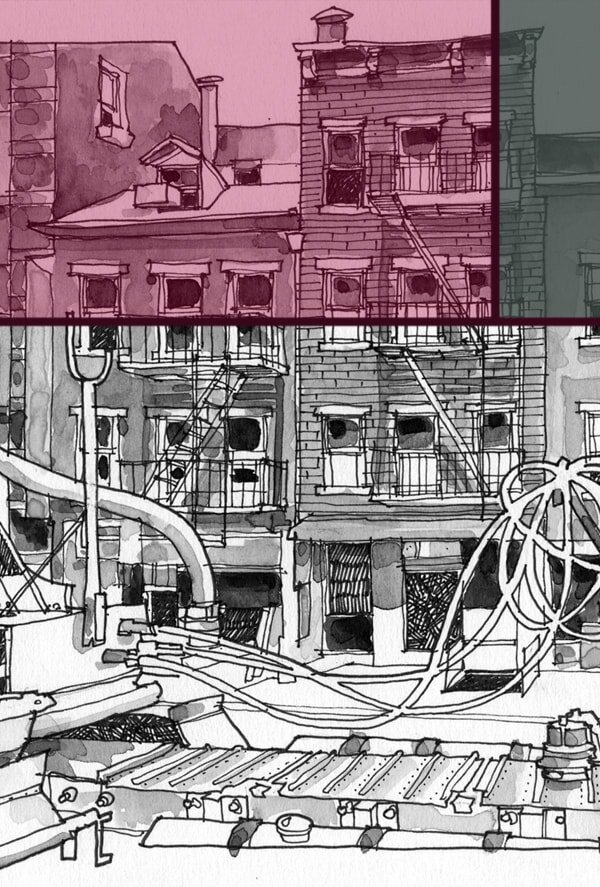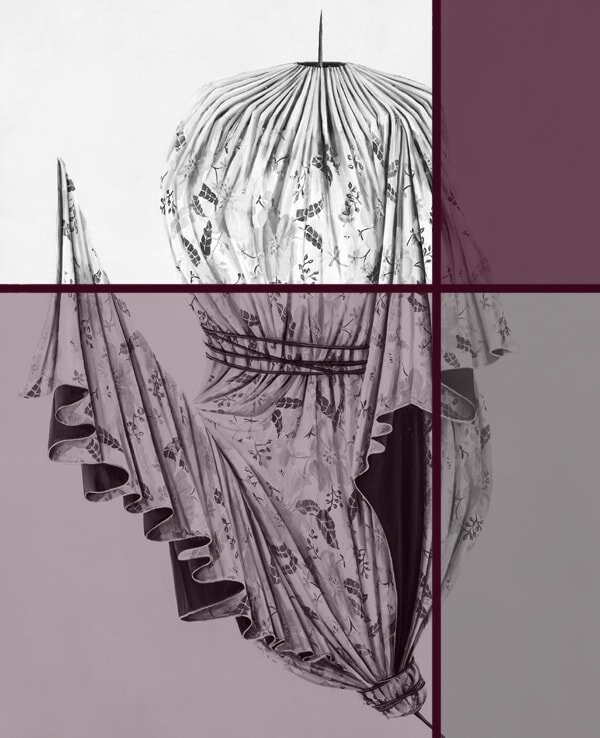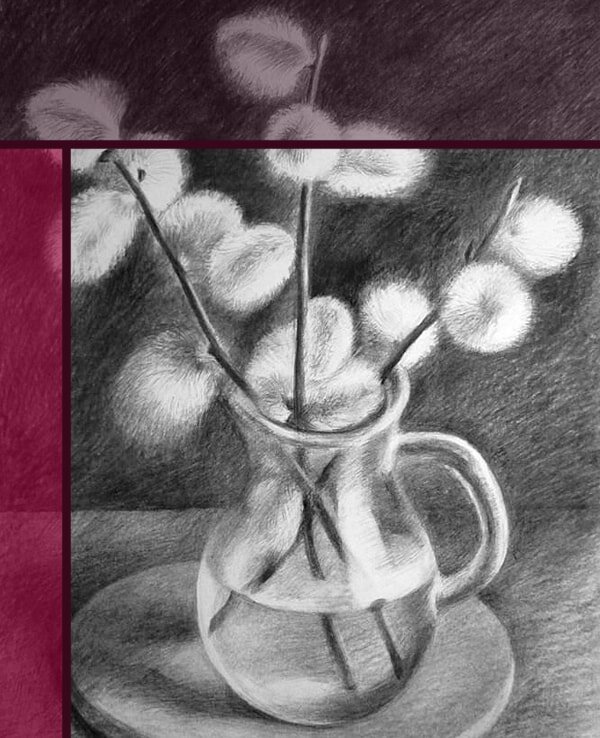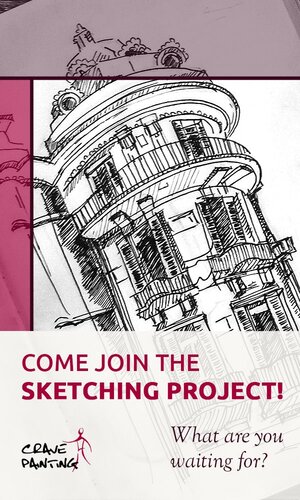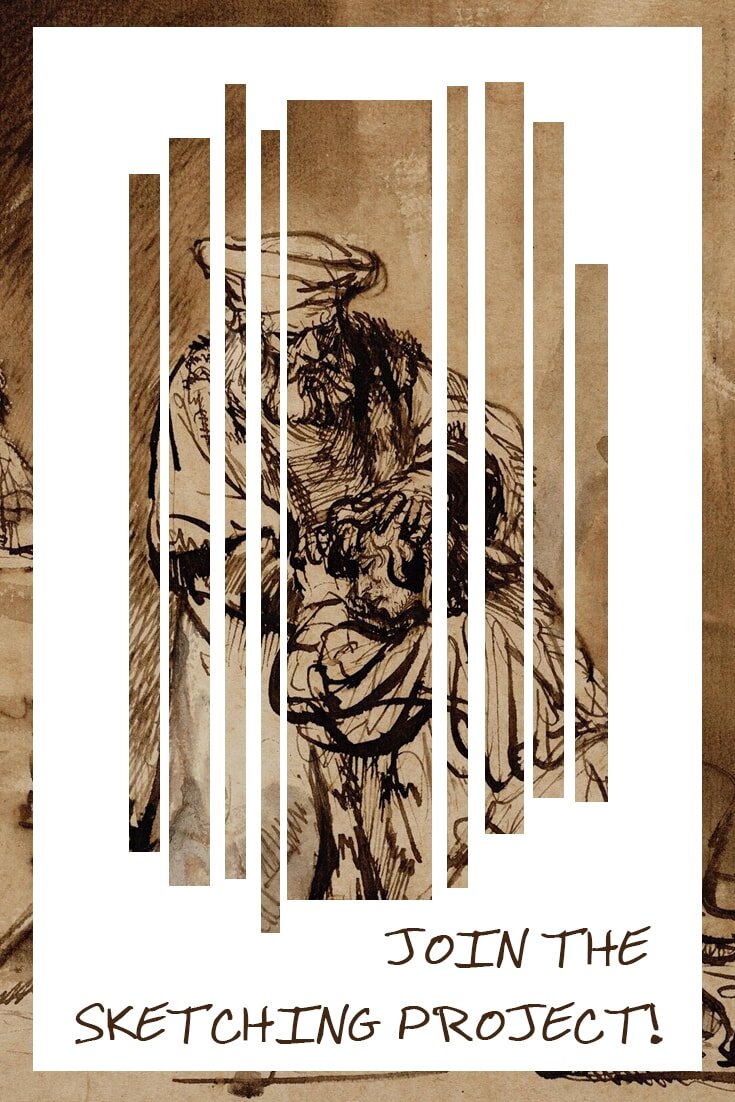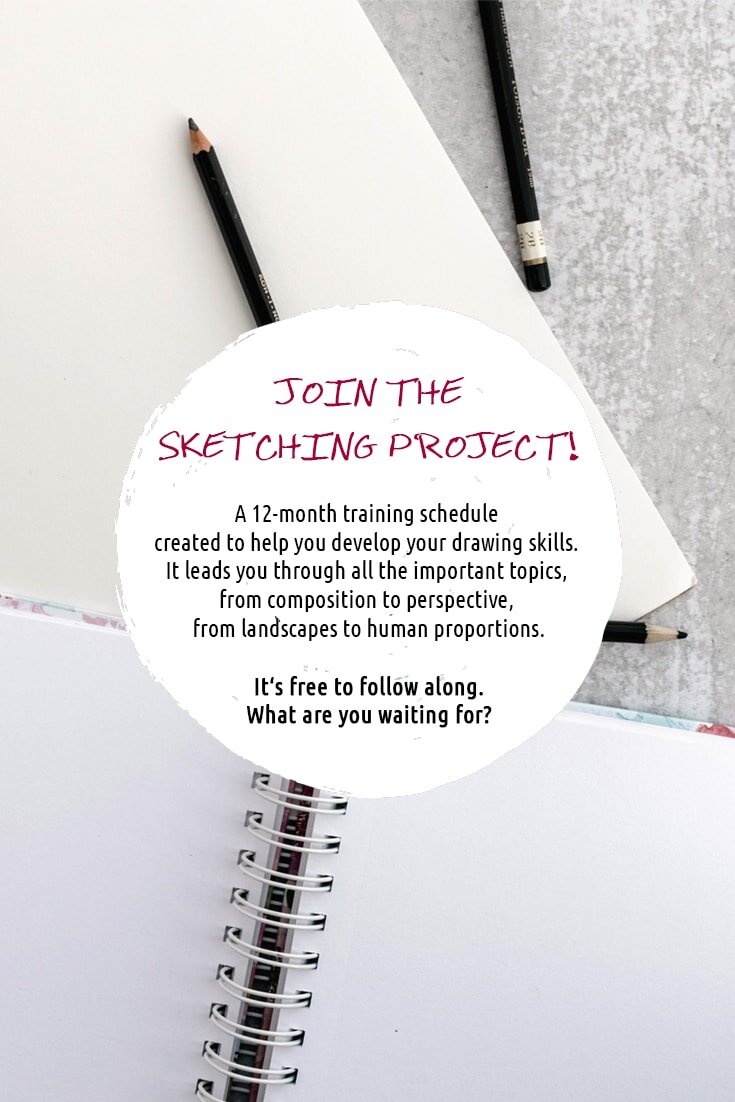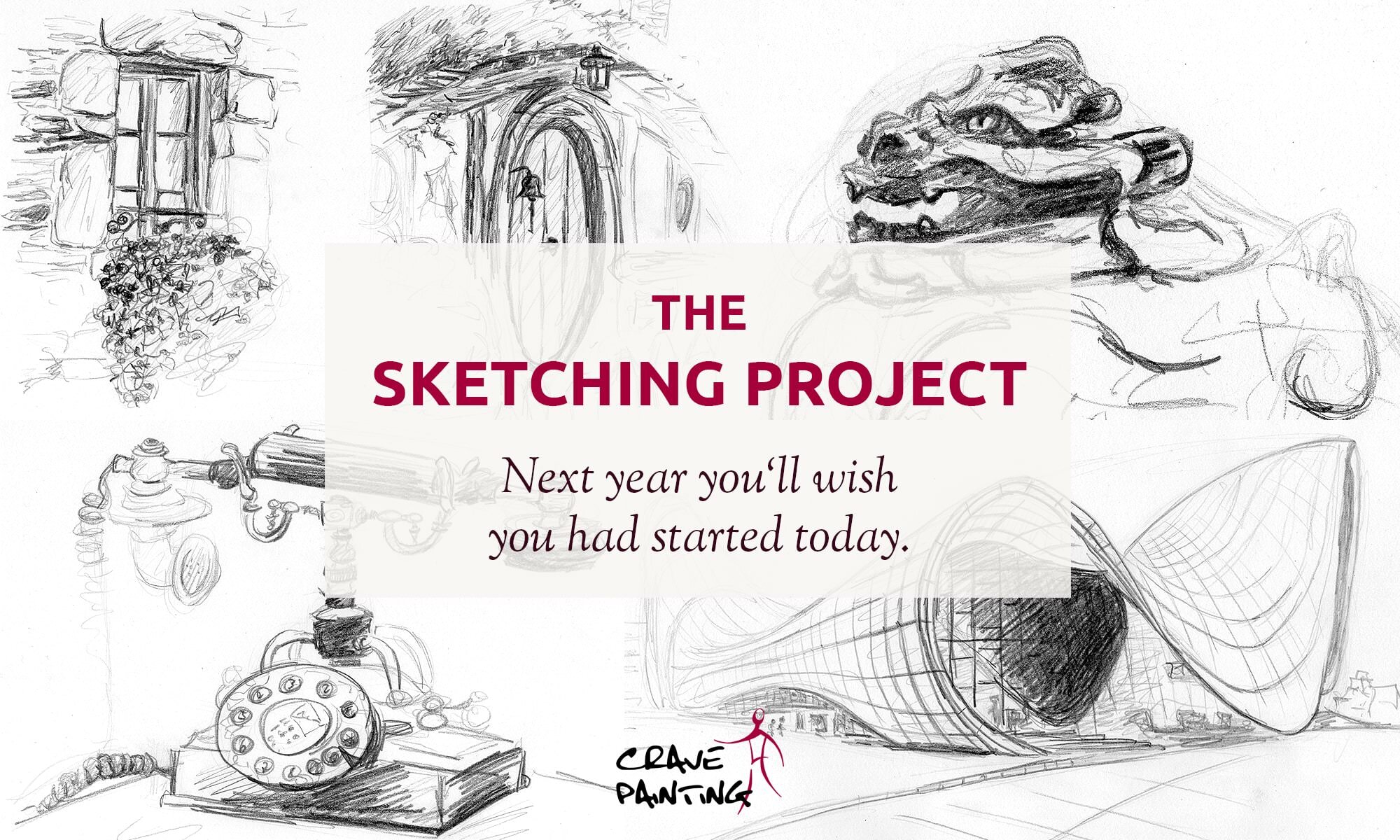
The Sketching Project
The Sketching Project is a long-term training program created to help everyone learn or relearn sketching, a slightly simplified, quicker form of drawing.
It follows a simple schedule of weekly drawing prompts and topic-related articles, covering all the basics in a logical and manageable order. It leads you through all the important topics, from composition to perspective, from landscapes to proportions.
Those irregular shapes can be a real pain, it's true. But there is a way.
It’s not just a topic for still lifes or the master artists of old, you know.
Let's dip our toe in the water with some easy beginner practice.
Just like in sports a proper warm-up for a sketching session delivers the best results.
A road map to drawing interesting portraits.
Follow these tips for truly inspiring architecture sketches!
It’s not just fruit and wine, there are still life subjects out there for all of us.
What is it about sketching the human face that makes it such great practice?
Let's practice some of the trickier parts of sketching those pretty nature views!
Some easy practice ideas to help you get it right.
Drawing great landscapes will be super easy if you follow these simple tips.
Motivation is a moody thing, so here are some tricks to get it back in case you lose it.
Let's have a look why so many artists favour landscapes above all else.
Let’s have a look at these fabulous examples for inspiration and to to learn from.
Find out how to do it right and avoid common pitfalls.
Let me tell you about all the mistakes that slowed me down, so you can avoid them.
It’s a lot more fun and a lot less daunting than you think, promise!
It’s not a coincidence urban sketching is on everyone's lips right now!
Time for some super useful still life practice!
Let's learn how to draw a still life, from composition to shading.
Here's my formula for success if you plan to learn drawing and want to be well prepared before you start.
Introducing the Sketching Project
I started this project a while ago as a way to get back into drawing after busy adult life got in the way of my artsy hobbies. I hadn’t drawn for many years, but I was not willing to let things slide any longer.
I realised that many people will be in a similar situation. You might want to learn drawing really well, but it’s difficult to figure out how to get there, where to start, what to learn first in the bit of free time you have.
Not to worry, I’ve got you covered.
All you need are your drawing materials and the easy-to-follow schedule with weekly drawing prompts. It’s totally free, of course.
I’ve devised a fabulous list of topics that’s not only productive, it’s also going to be great fun! You can follow this project on your own or you can group up with friends.
Collaborating with like-minded people, learning from each other and motivating one another can make a big difference, but if you prefer to sketch on your own that’s perfectly fine, too! You do ‘you’.

Project outline
What you will concentrate on
Sketching, rather than drawing. That means you'll focus on quick work with an emphasis on fluency and capturing a moment, rather than accuracy and photorealism.
Sketching what you see. Drawing from imagination is a hugely complicated topic and can wait.
Making sketching practice an integral part of your week, rather than doing a lot for a couple of days and then nothing for weeks thereafter.
The goal is to be able to sketch anything you see, and be truly confident about the outcome, rather than hoping for the best.
Time commitment
How much time to allocate to this project is something that everyone needs to decide for themselves.
You might have the time to sketch for two hours or more in one go, or you might only have 15 minutes every other day. Everyone’s schedule is different, but anything is better than nothing.
The only important thing is that you practice regularly, so be realistic as to what is achievable for you long-term. As Bruce Lee put it: “Long-term consistency trumps short-term intensity”.
If possible the practice time should be spread out, rather than doing an entire week’s worth of sketching on a single day. You can of course adapt the schedule at any time as your needs or circumstances change.
Personally, I mostly practice a comfortable 45 minutes every other day or so (the first 10-15 minutes are warm-up). I don’t force myself if I have other things on my plate but I do try to never go more than three days without at least a bit of sketching practice.
Materials
Luckily drawing and sketching are hobbies that are remarkably cheap to maintain, once you’ve covered the initial expenses. All you really need is paper and pencils, or any other drawing medium of your choice.
My sketching materials, consisting of drawing board, paper, kneaded eraser, rubber eraser, pencils in 2H, 2B and 6B, razor blade and sandpaper to sharpen the pencils and a normal sharpener for when I’m being lazy.
I also spent a bit of money on books and courses, because sometimes you just want someone leading you through the entire process from A to Z, rather than finding free bits and pieces around the Internet.
The topics
For such a big endeavour a well laid out structure is really everything. It’s so tempting to jump right in and end up in a ‘Jack of all trades, master of none’ type situation.
Instead of randomly picking subjects and starting to learn everything at once I have divided this project into several topics, each covering a number of related skills to learn.
The topics you’re going to cover in depth in the beginning are:

How to start
You can start the project at any time you like. It’s completely free, too! Simply grab your materials and start working through the weekly drawing prompts, at your own pace.
The project outline will give you some pointers on how to sketch and how much time to allocate for it. When you’re ready, pop by Topic 1: Still life and follow the schedule, with new sketching prompts each week. And that’s really already it!
Of course I always love to hear from you and see how you guys are doing, so don’t hesitate to send me a message, show me a picture of your newest sketch or comment on the Sketching Project articles.
Happy sketching!
Those irregular shapes can be a real pain, it's true. But there is a way.
It’s not just a topic for still lifes or the master artists of old, you know.
Let's dip our toe in the water with some easy beginner practice.
Just like in sports a proper warm-up for a sketching session delivers the best results.
A road map to drawing interesting portraits.
Follow these tips for truly inspiring architecture sketches!
It’s not just fruit and wine, there are still life subjects out there for all of us.
What is it about sketching the human face that makes it such great practice?
Let's practice some of the trickier parts of sketching those pretty nature views!
Some easy practice ideas to help you get it right.
Drawing great landscapes will be super easy if you follow these simple tips.
Motivation is a moody thing, so here are some tricks to get it back in case you lose it.
Let's have a look why so many artists favour landscapes above all else.
Let’s have a look at these fabulous examples for inspiration and to to learn from.
Find out how to do it right and avoid common pitfalls.
Let me tell you about all the mistakes that slowed me down, so you can avoid them.
It’s a lot more fun and a lot less daunting than you think, promise!
It’s not a coincidence urban sketching is on everyone's lips right now!
Time for some super useful still life practice!
Let's learn how to draw a still life, from composition to shading.
Here's my formula for success if you plan to learn drawing and want to be well prepared before you start.
